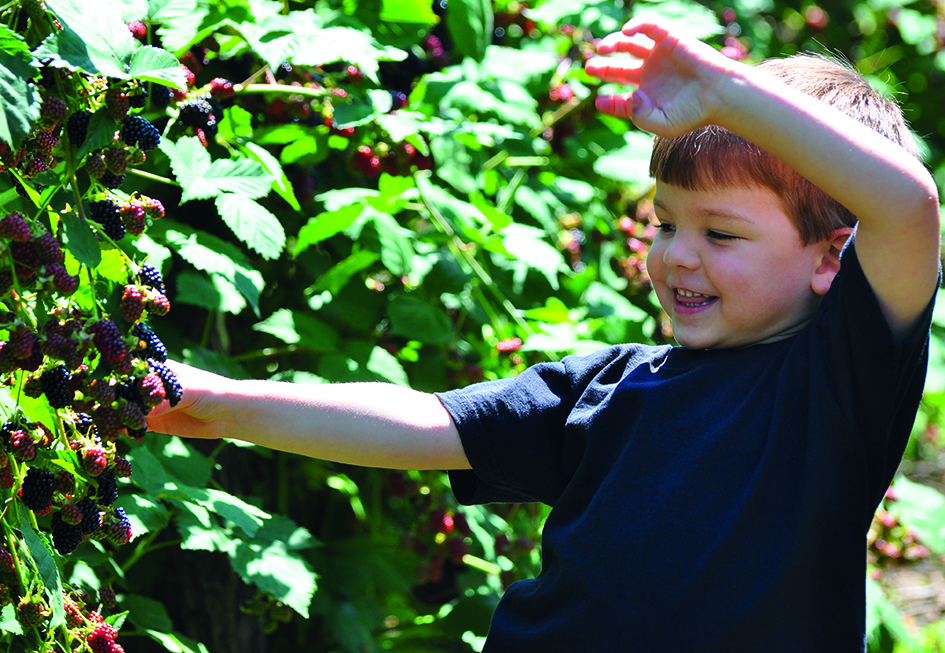
plant of the month: blackberries
 Blackberries – Rubus fruticosus – are common and easy to identify. The fruits start out as tiny green clusters growing from the remains of the beautiful white spring flowers. They ripen to a soft pinky red colour, and then all of sudden, the brambles are overflowing with luscious, deep purply-black berries. The plant itself is voracious and will grow anywhere it gets the chance, spreading its sharp thorny branches along fences, hedgerows and waste ground.
Blackberries – Rubus fruticosus – are common and easy to identify. The fruits start out as tiny green clusters growing from the remains of the beautiful white spring flowers. They ripen to a soft pinky red colour, and then all of sudden, the brambles are overflowing with luscious, deep purply-black berries. The plant itself is voracious and will grow anywhere it gets the chance, spreading its sharp thorny branches along fences, hedgerows and waste ground.
fact file
myth, magic and culture
aims of this series
Many of us suffer from ‘plant blindness’. But if we don't notice common plants around us, how can we teach the next generation to care for plants which feed us, give us medicine, clothes and many other things upon which we depend? So, every month during 2023, we’ll look at some of the main features of common plants and explore how to make the most of them for play and learning.
Register now to continue reading
Thank you for visiting Nursery World and making use of our archive of more than 35,000 expert features, subject guides, case studies and policy updates. Why not register today and enjoy the following great benefits:
What's included
-
Free access to 4 subscriber-only articles per month
-
Unlimited access to news and opinion
-
Email newsletter providing activity ideas, best practice and breaking news
Already have an account? Sign in here
